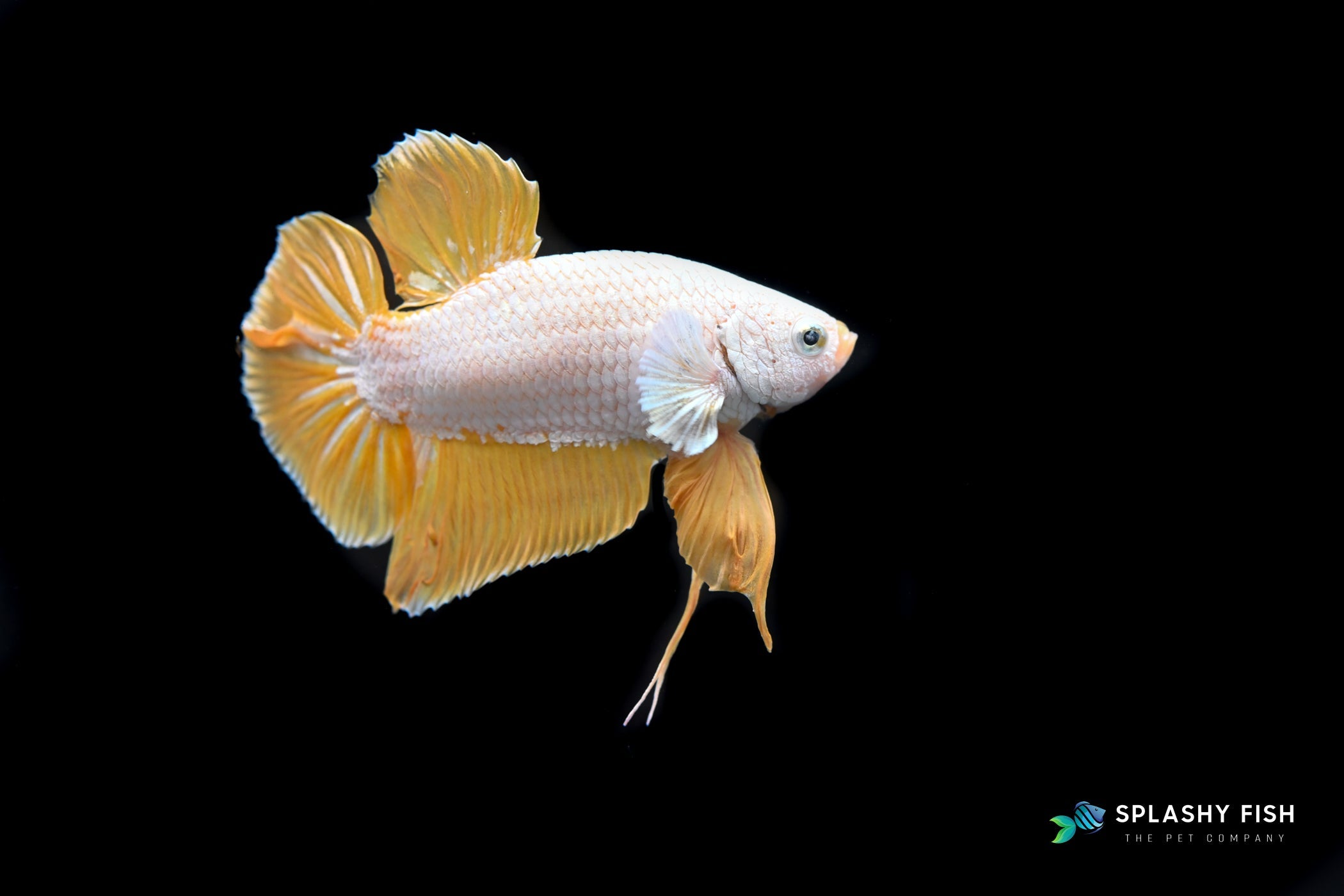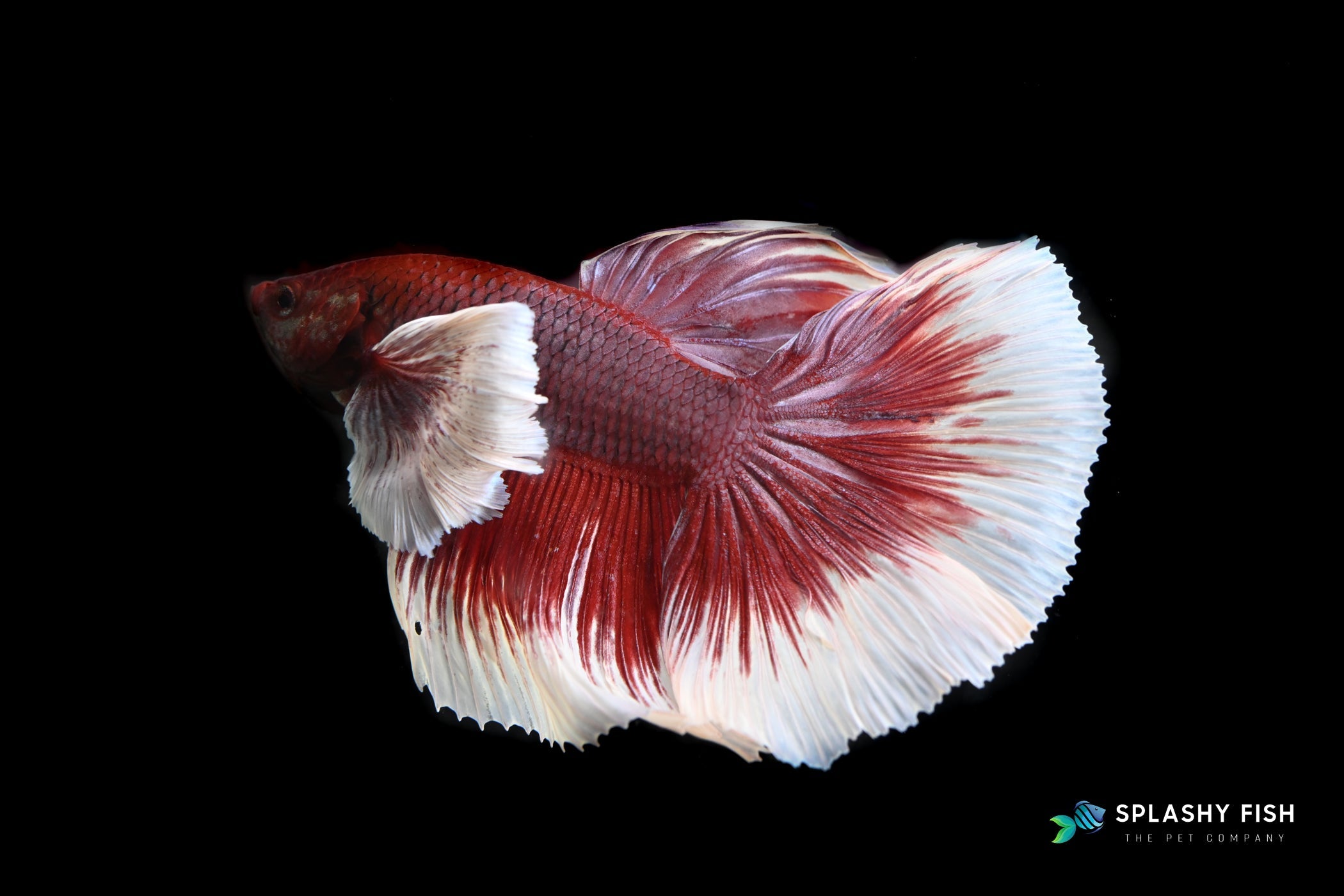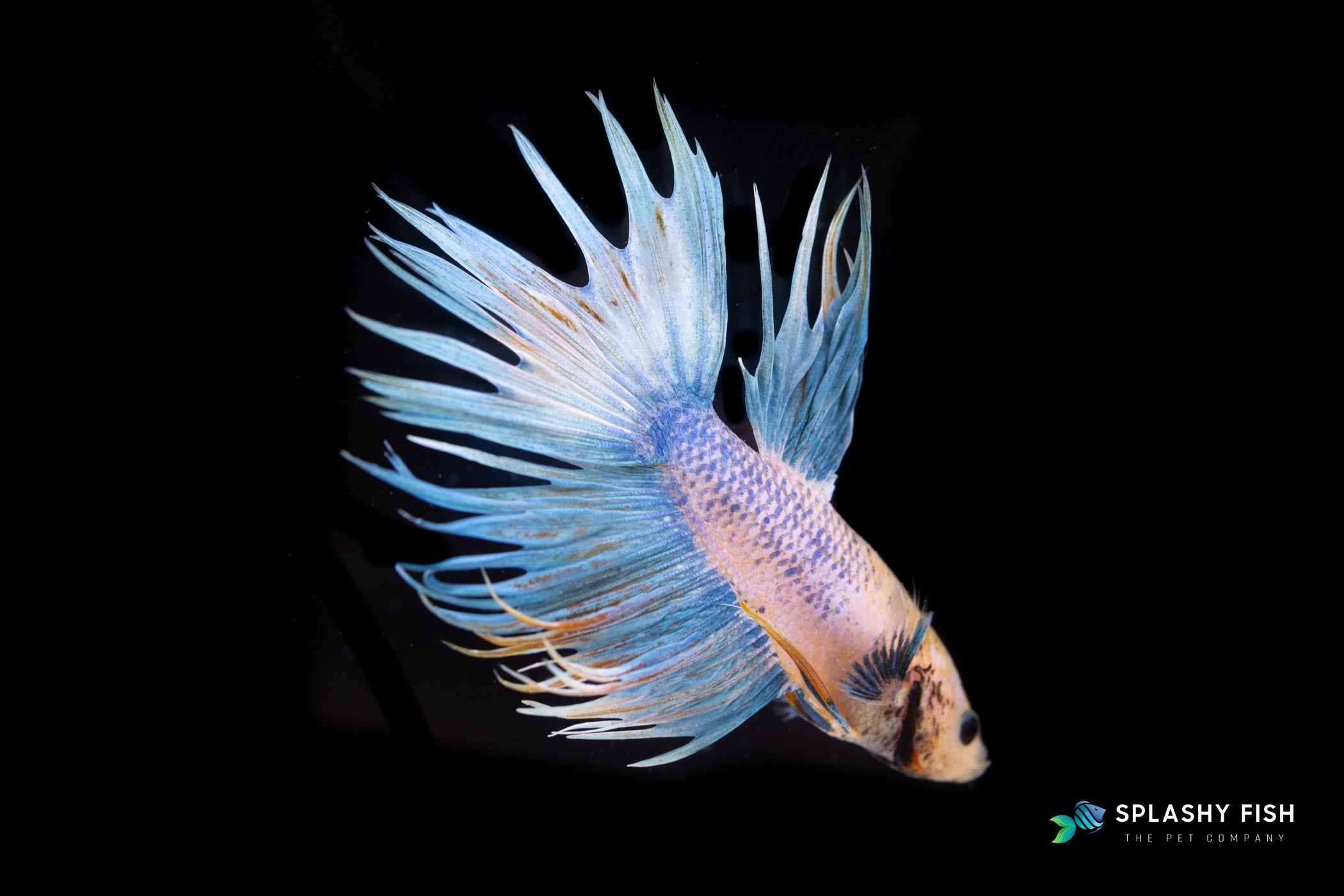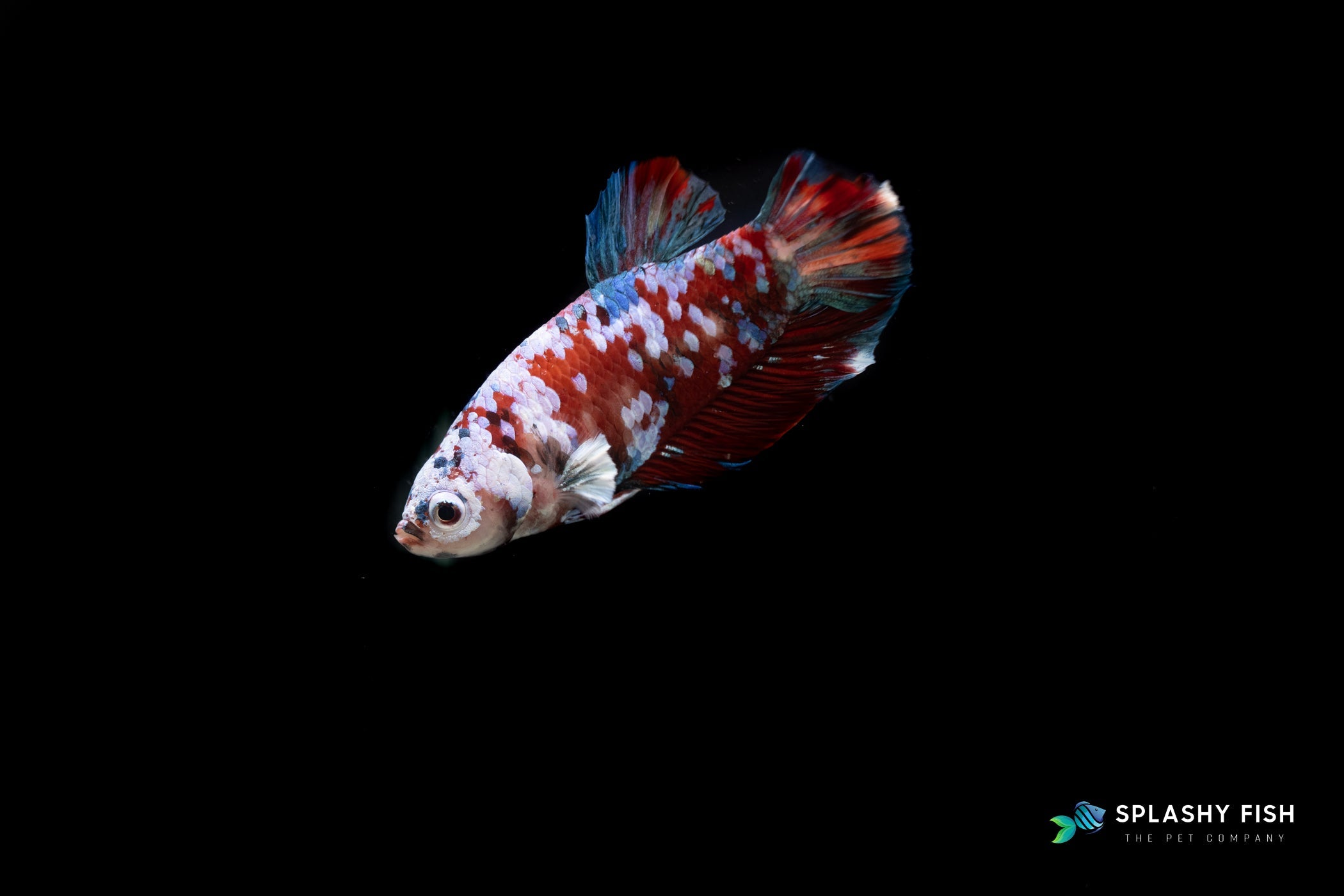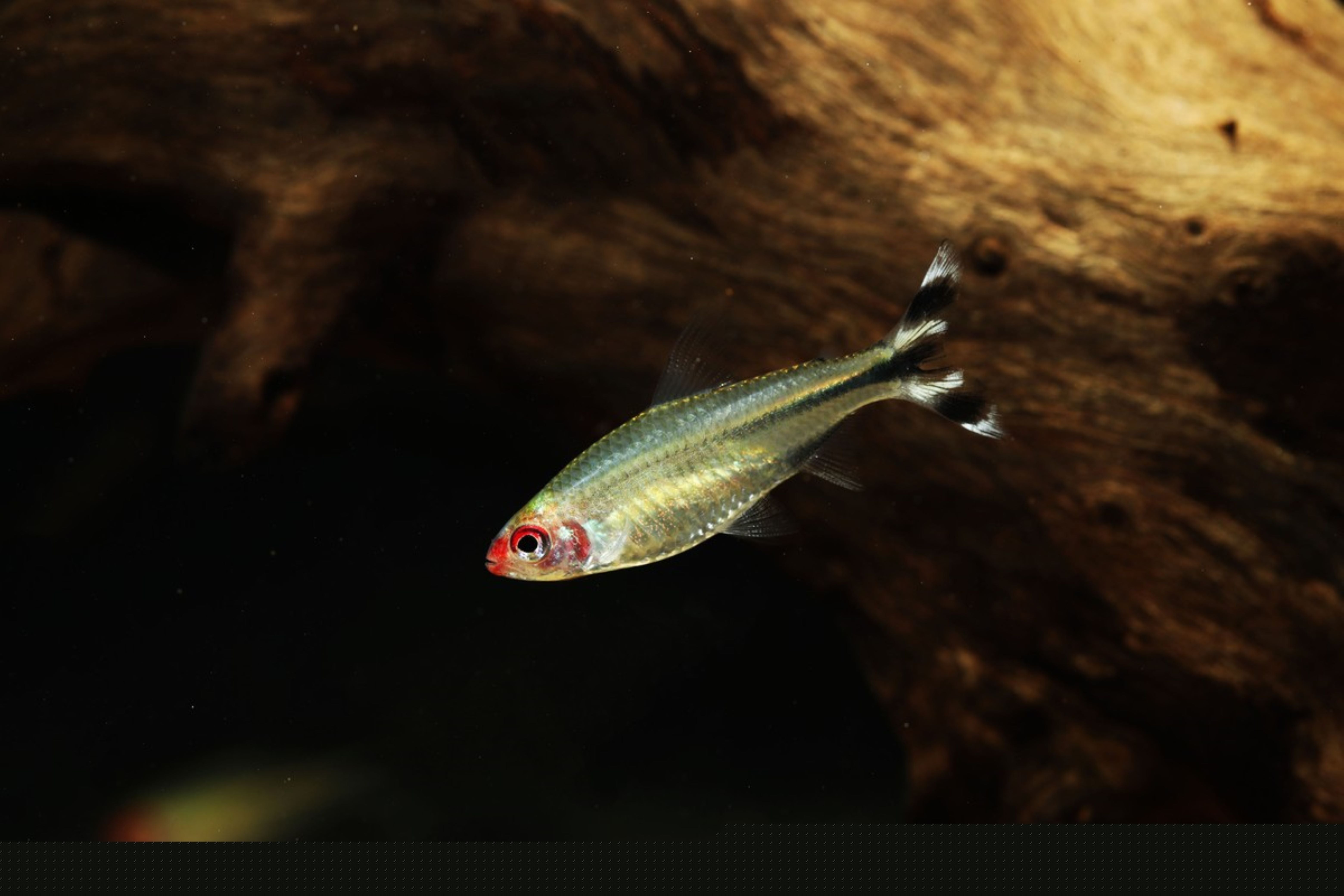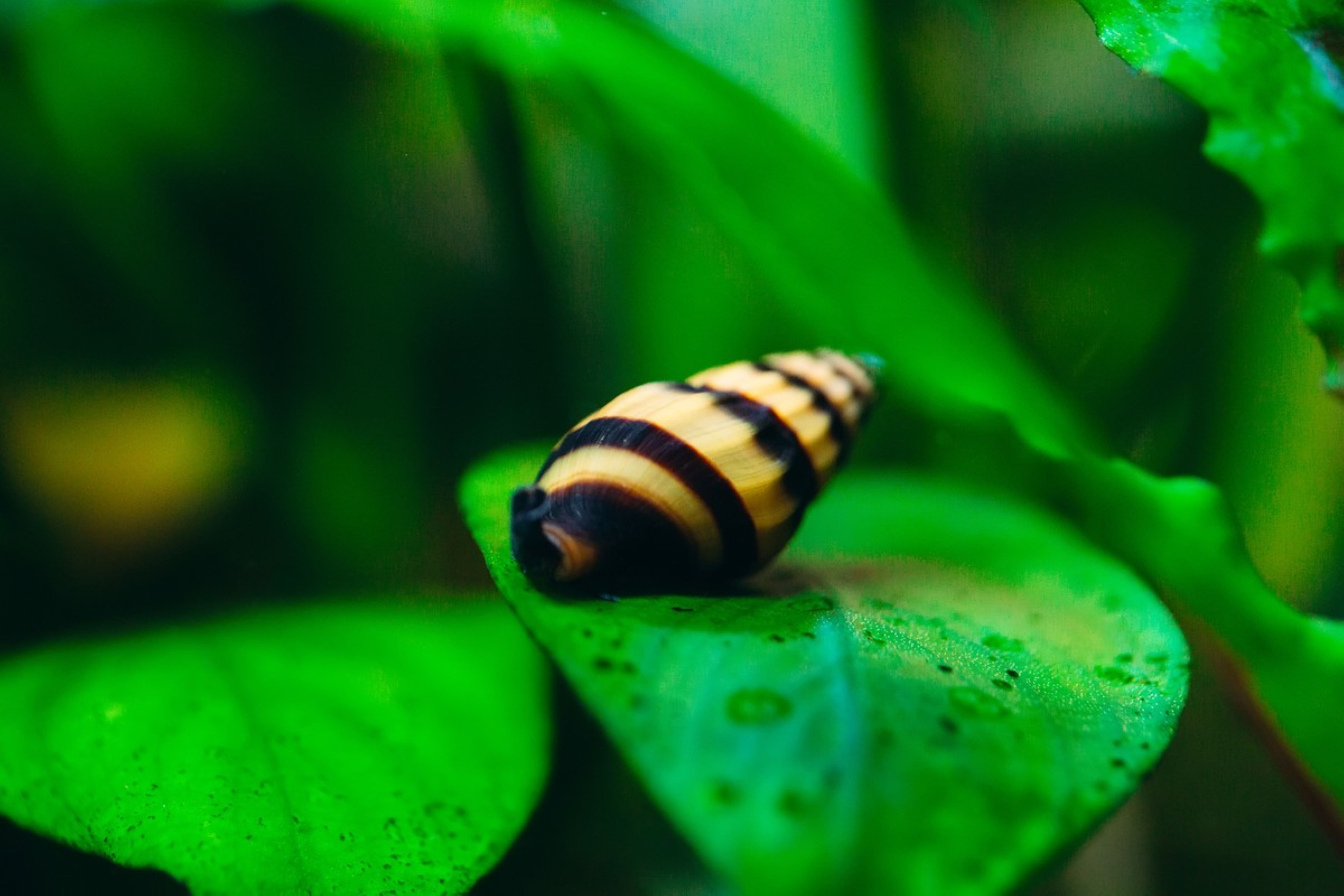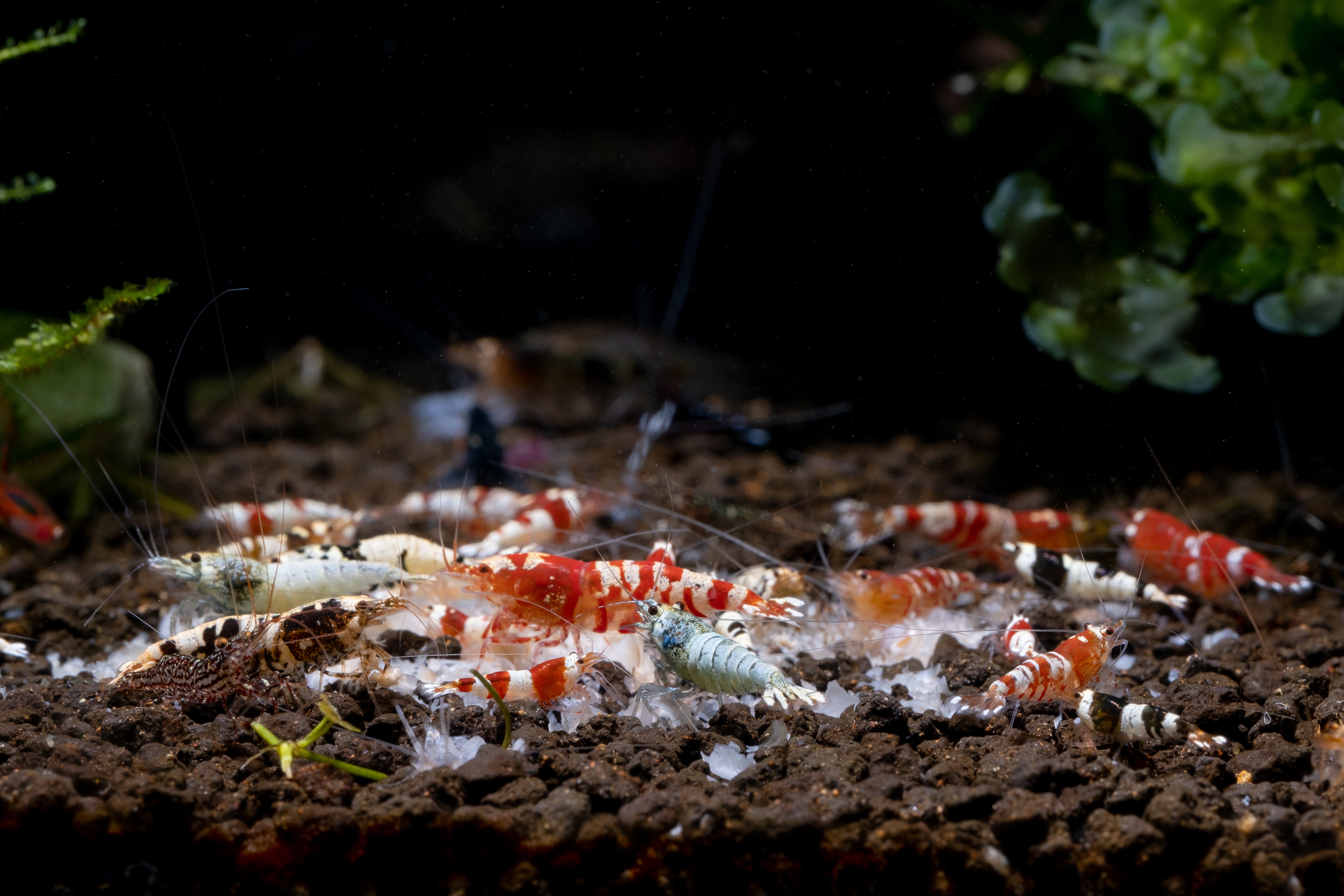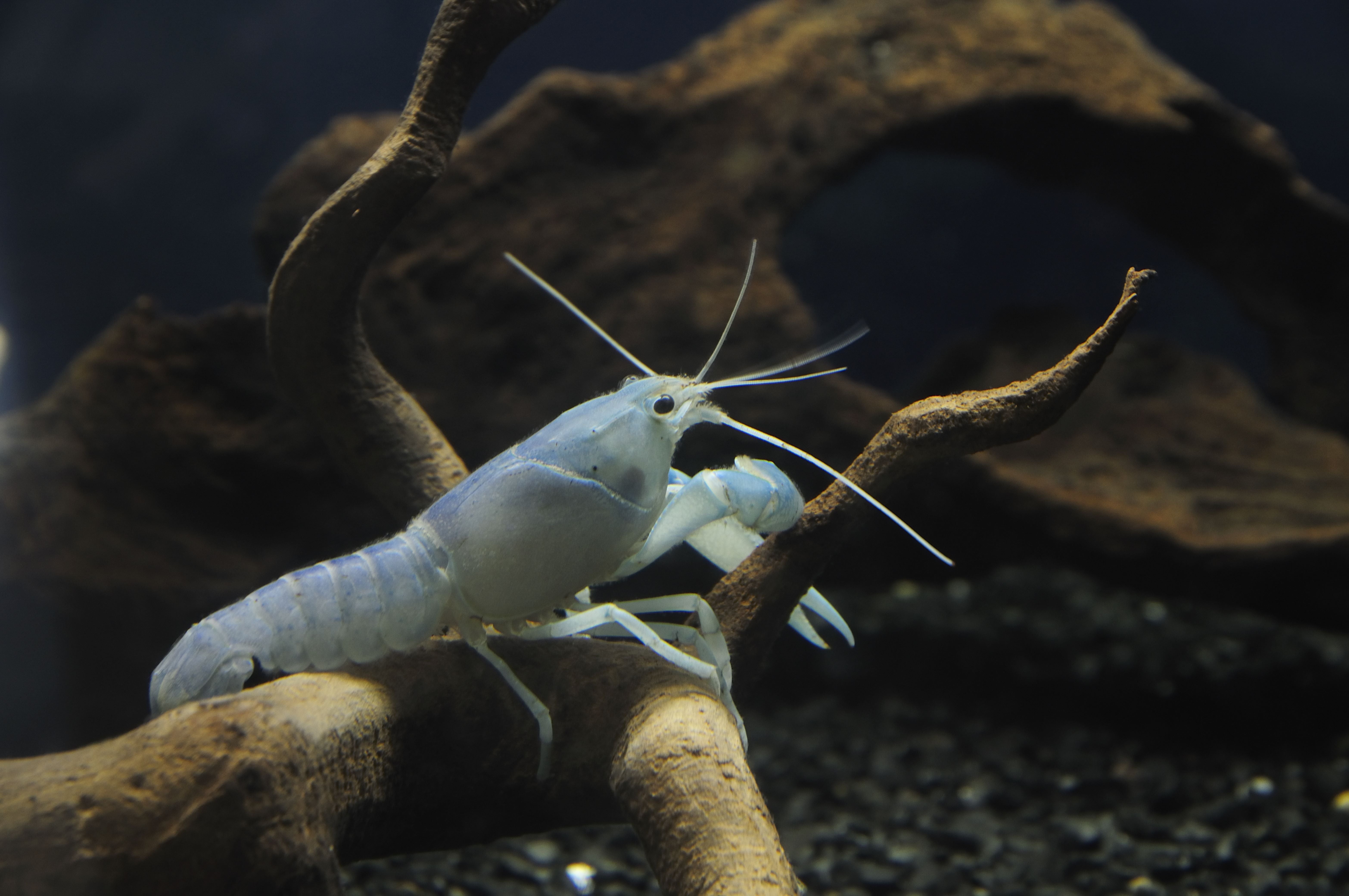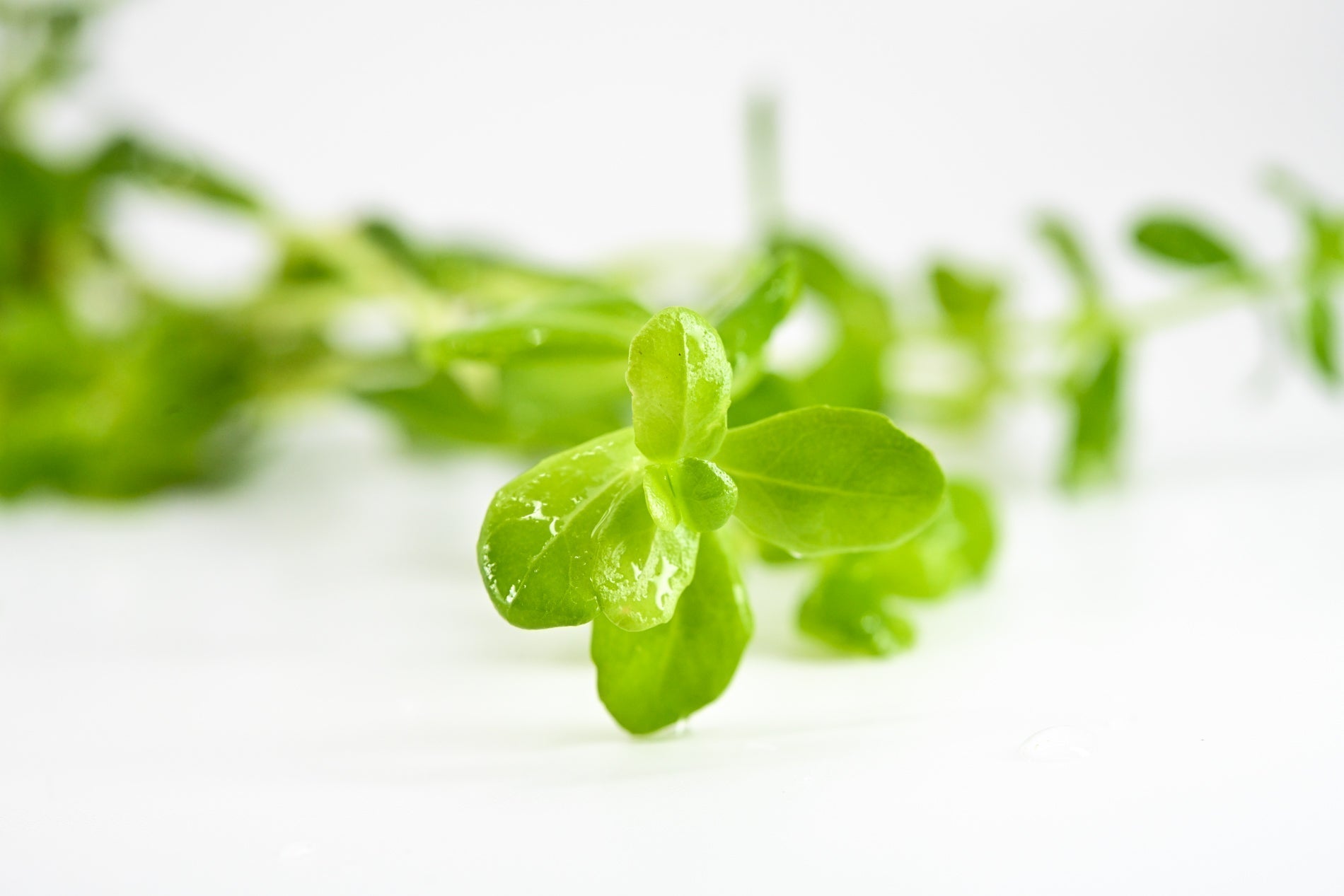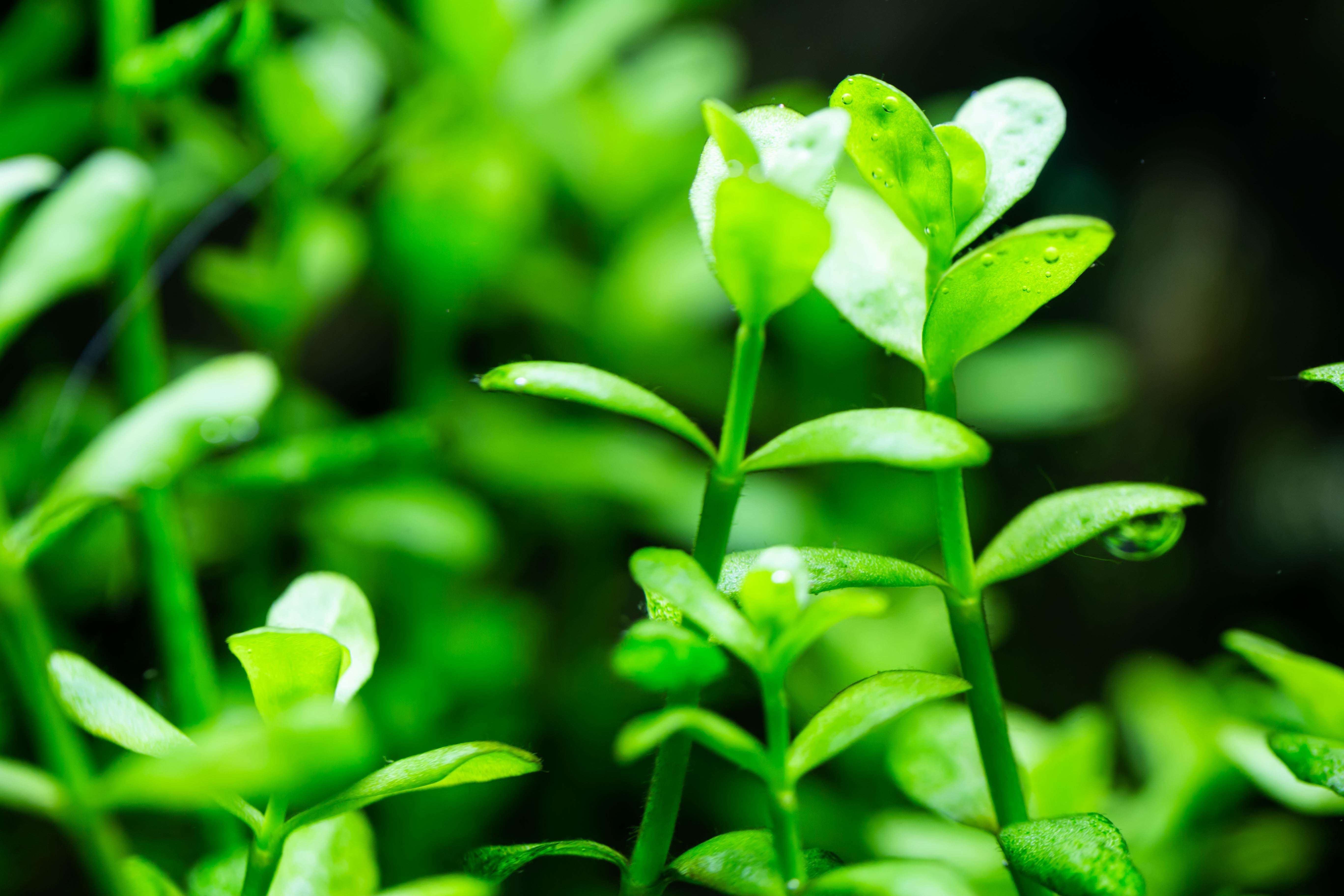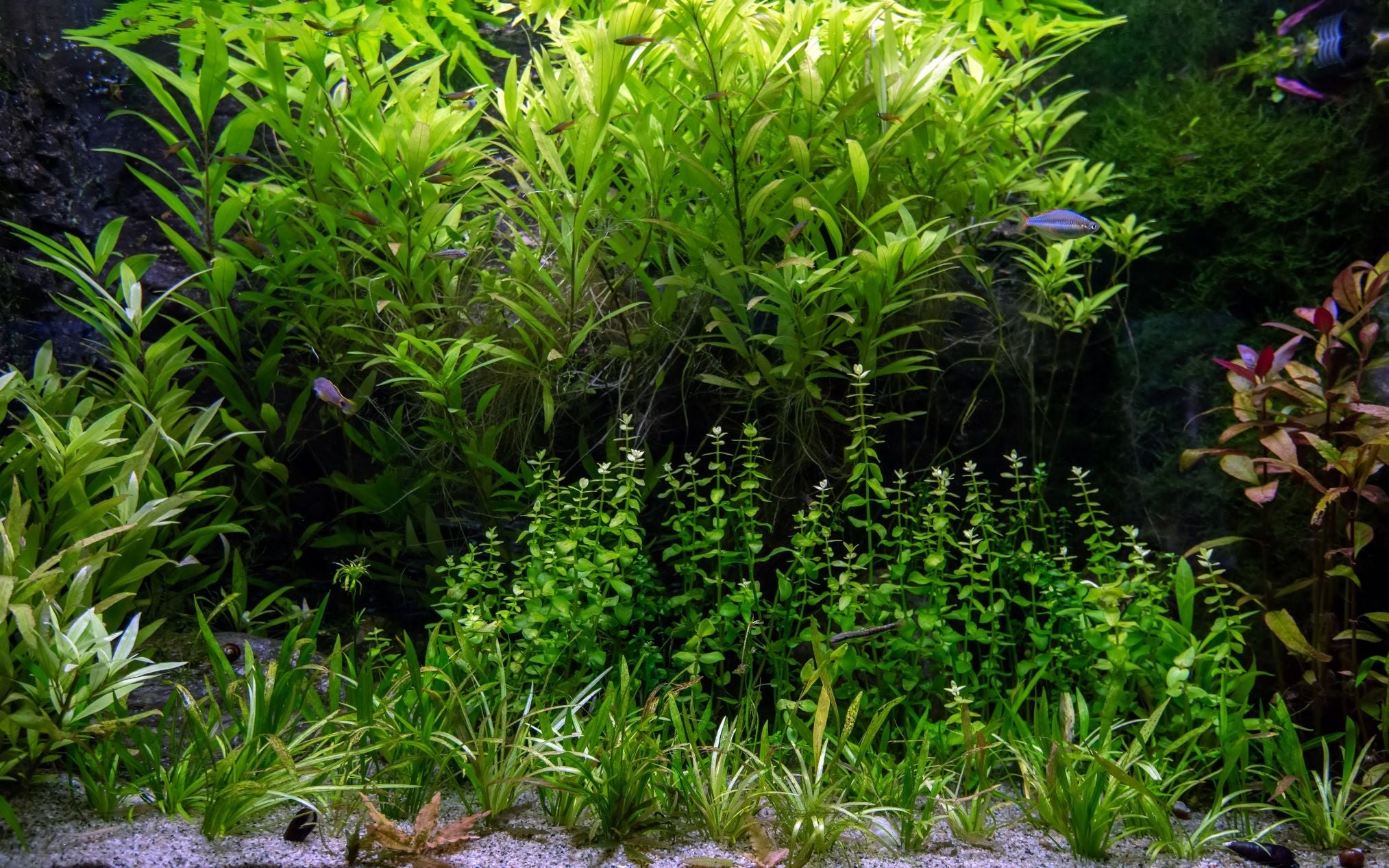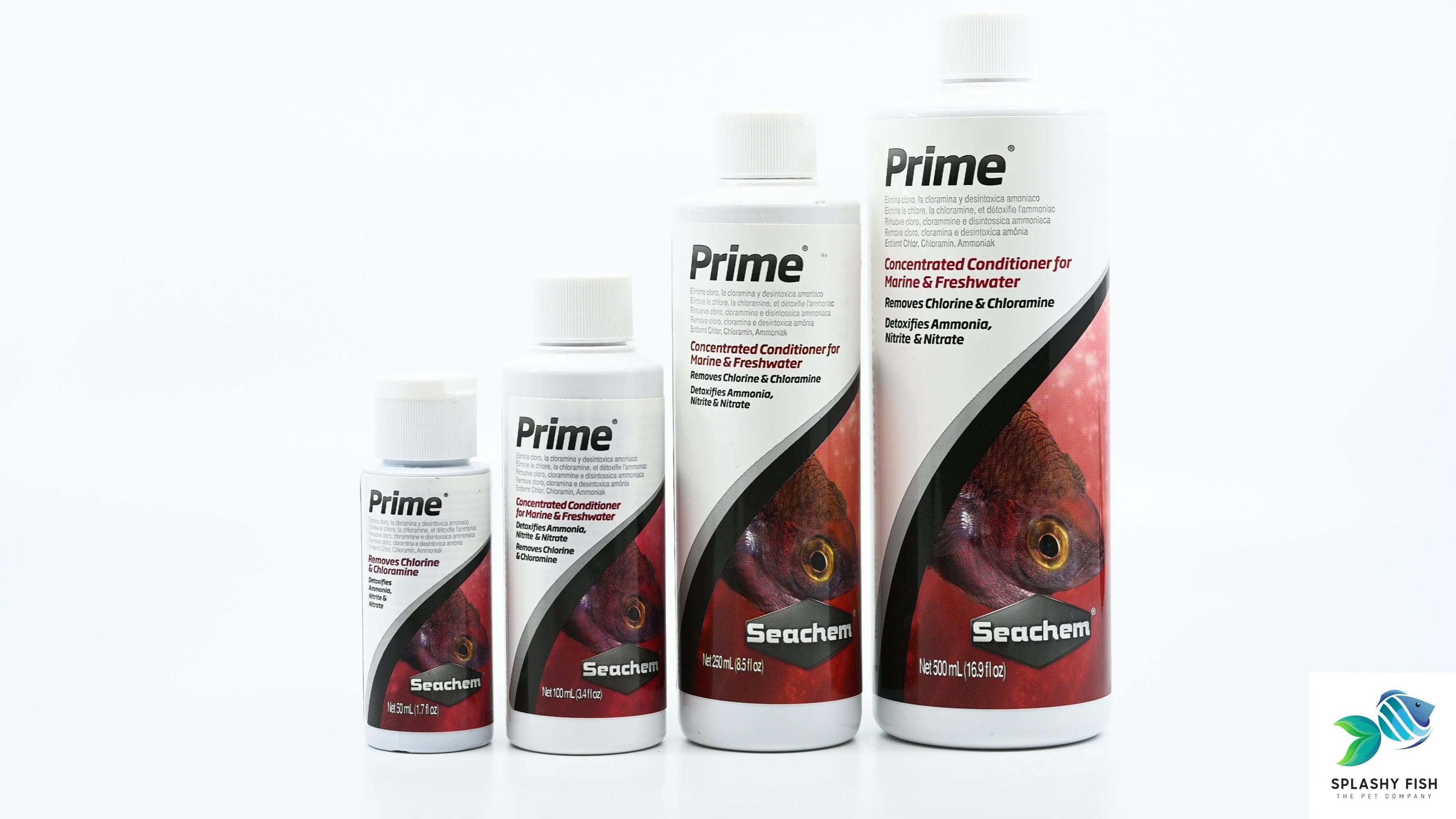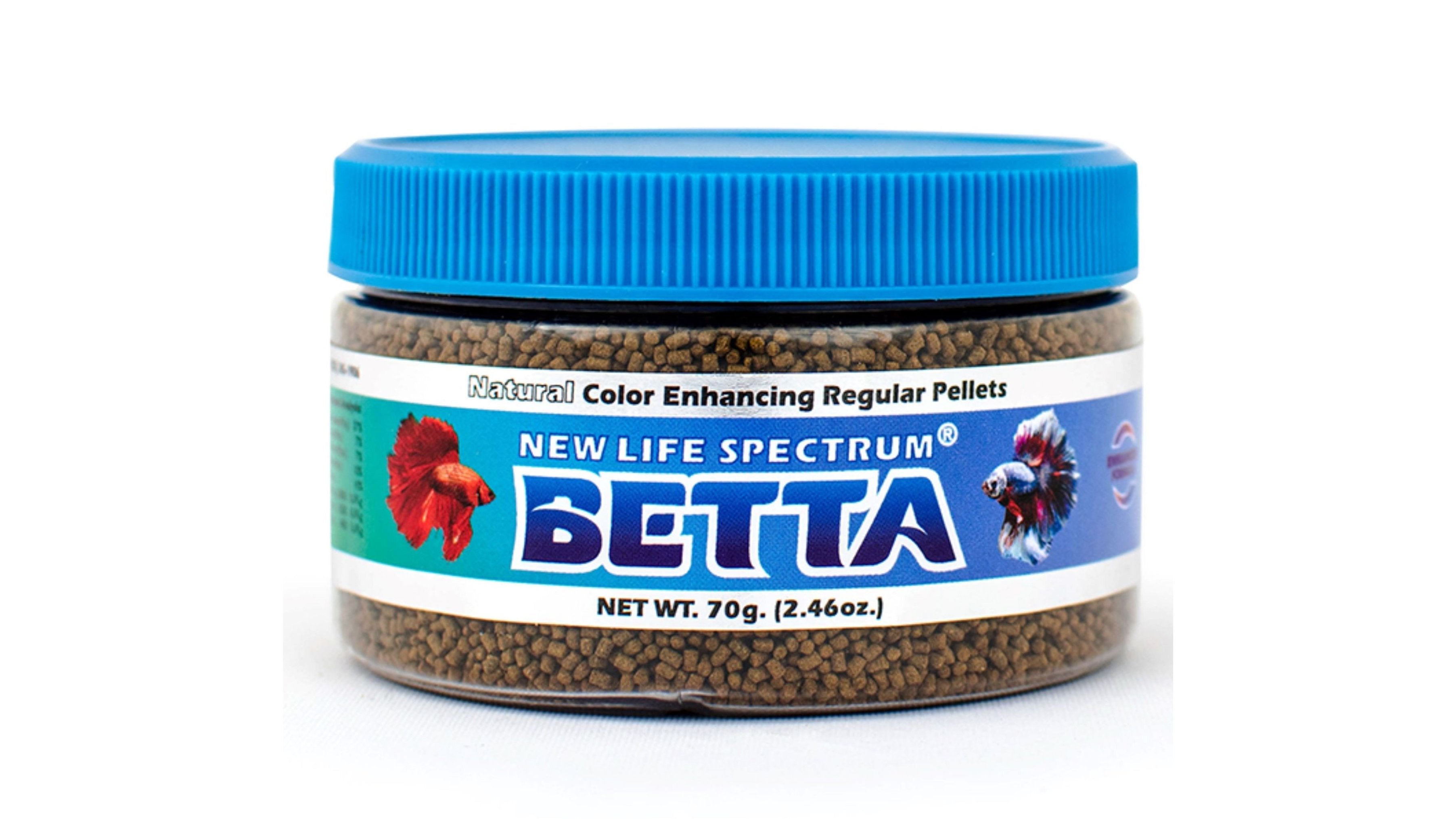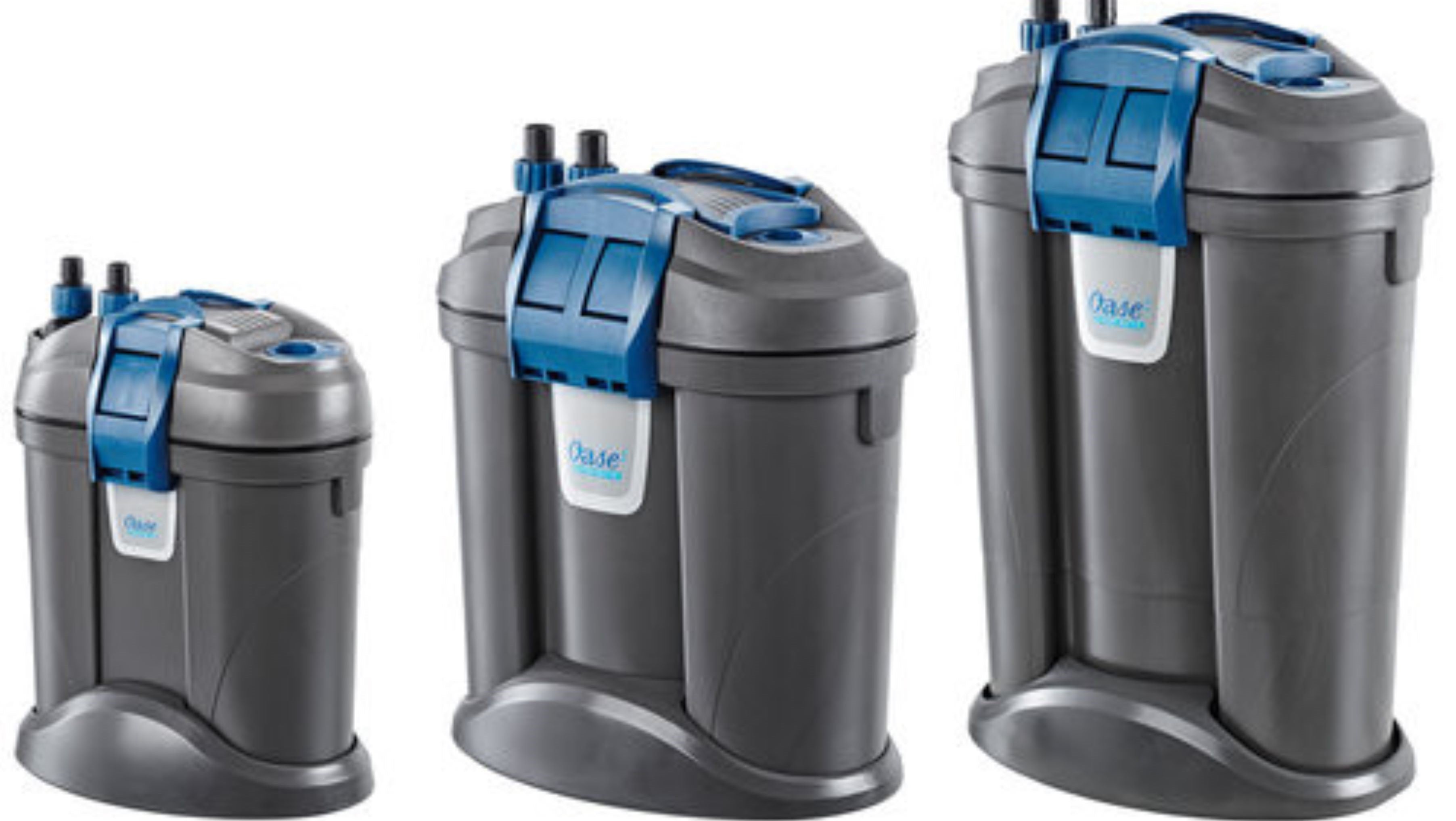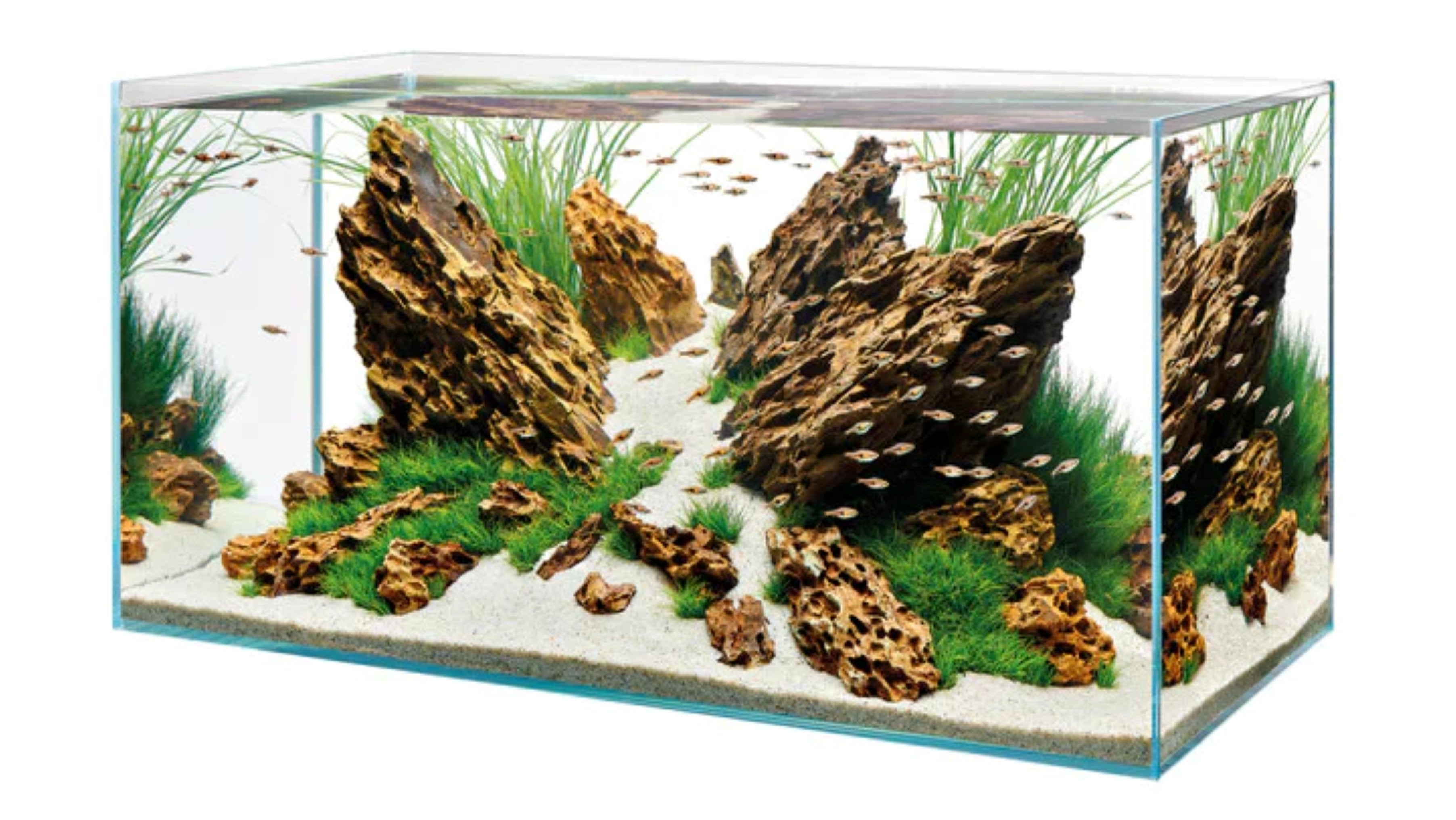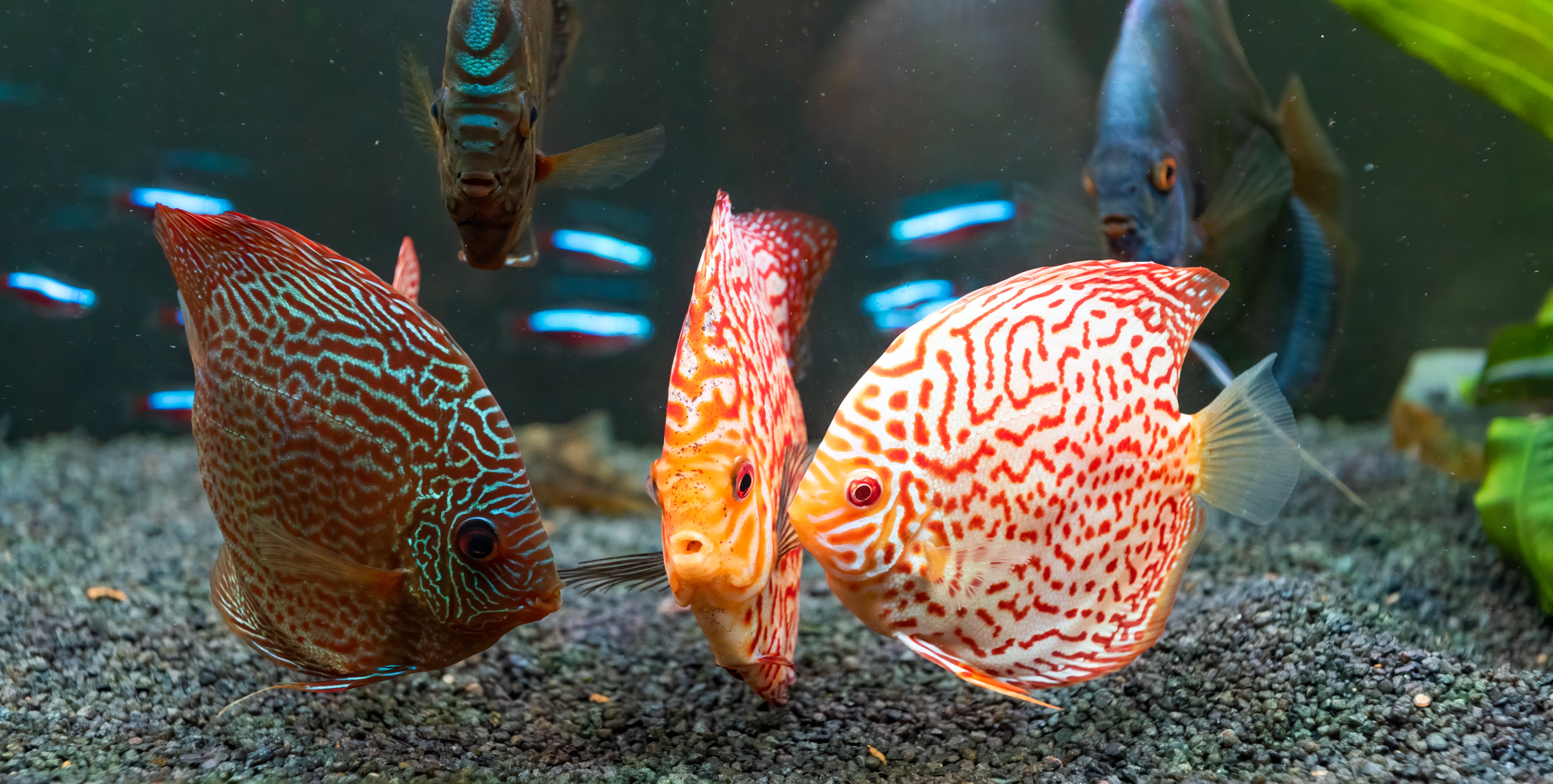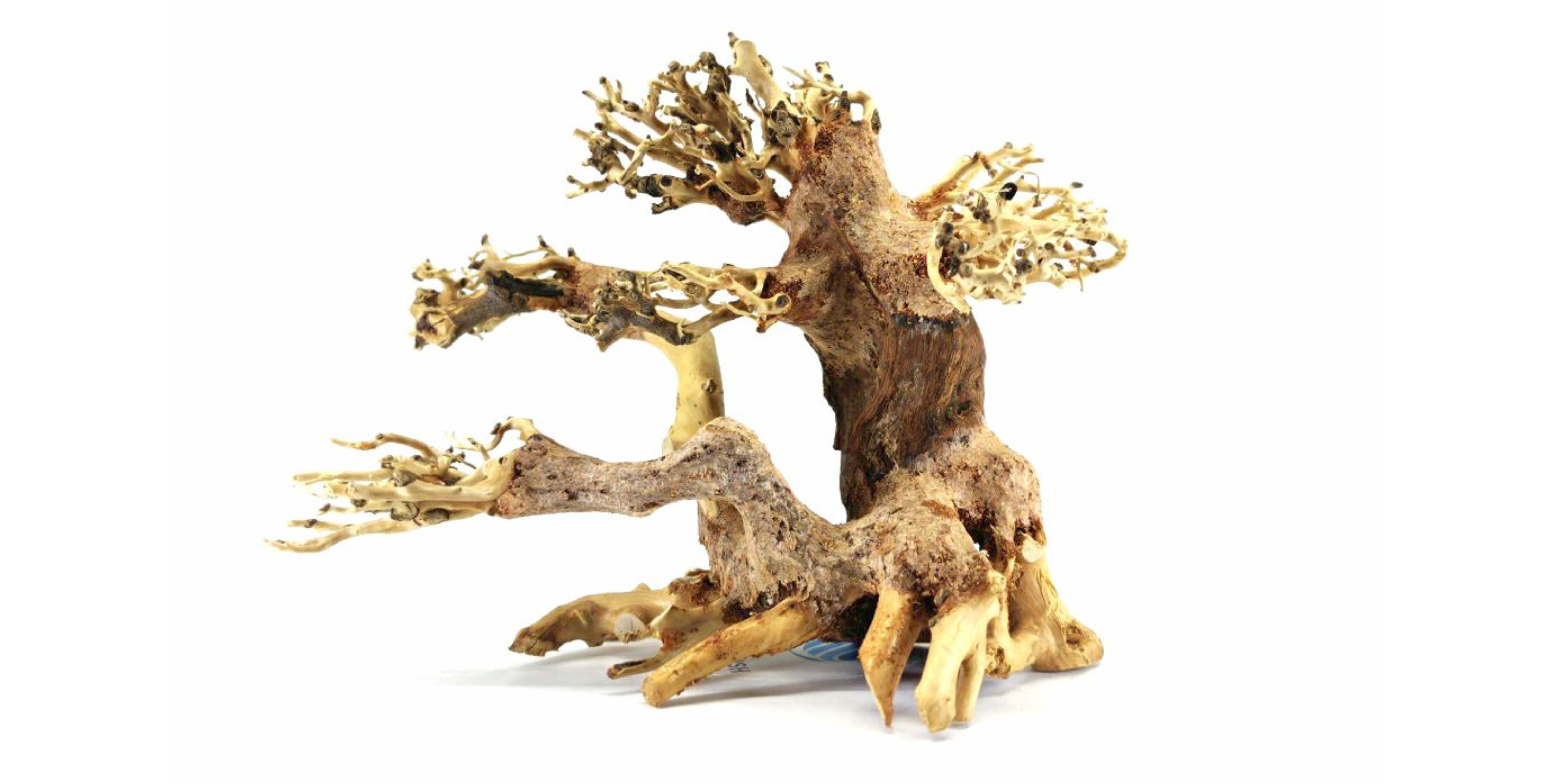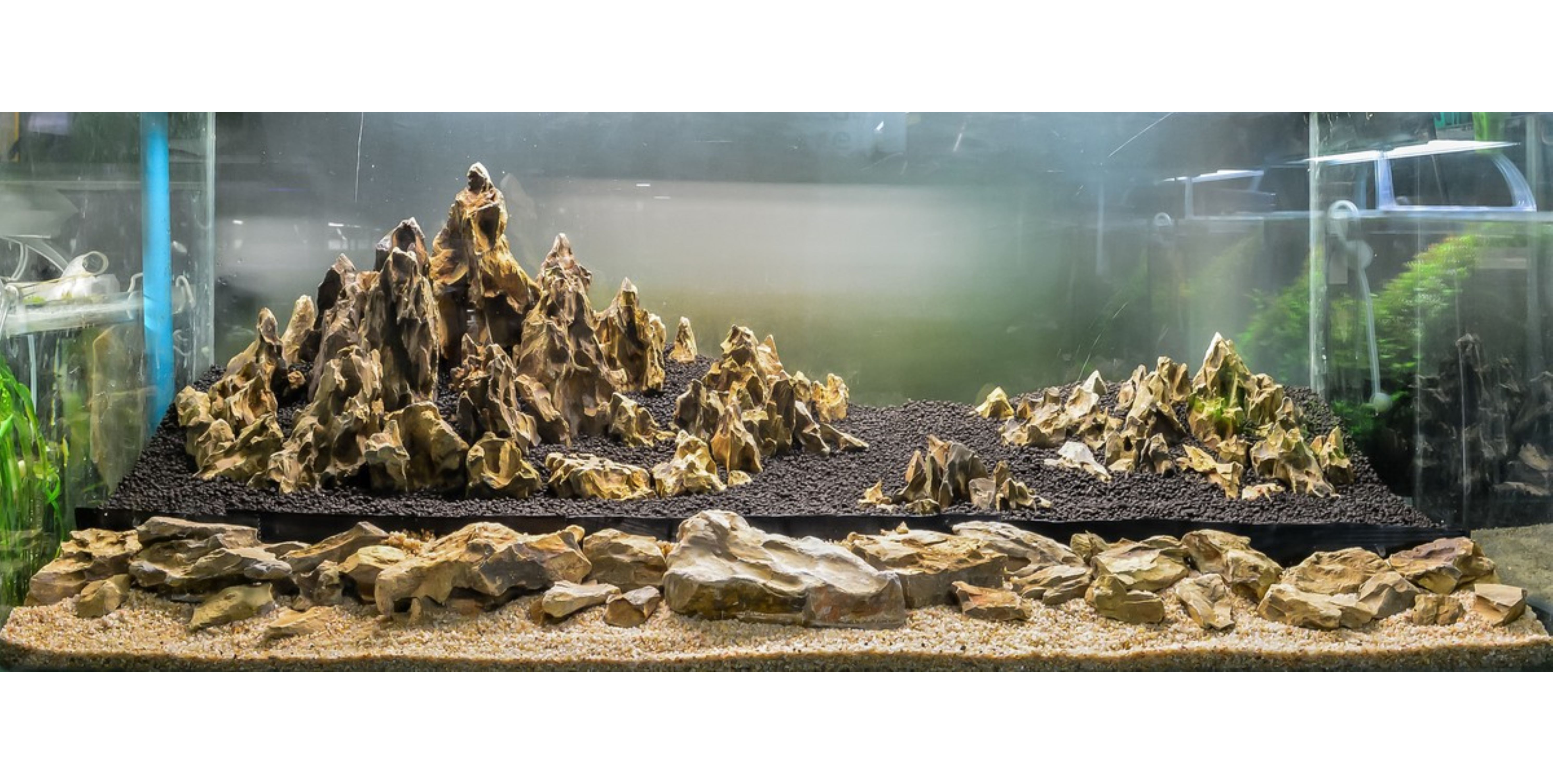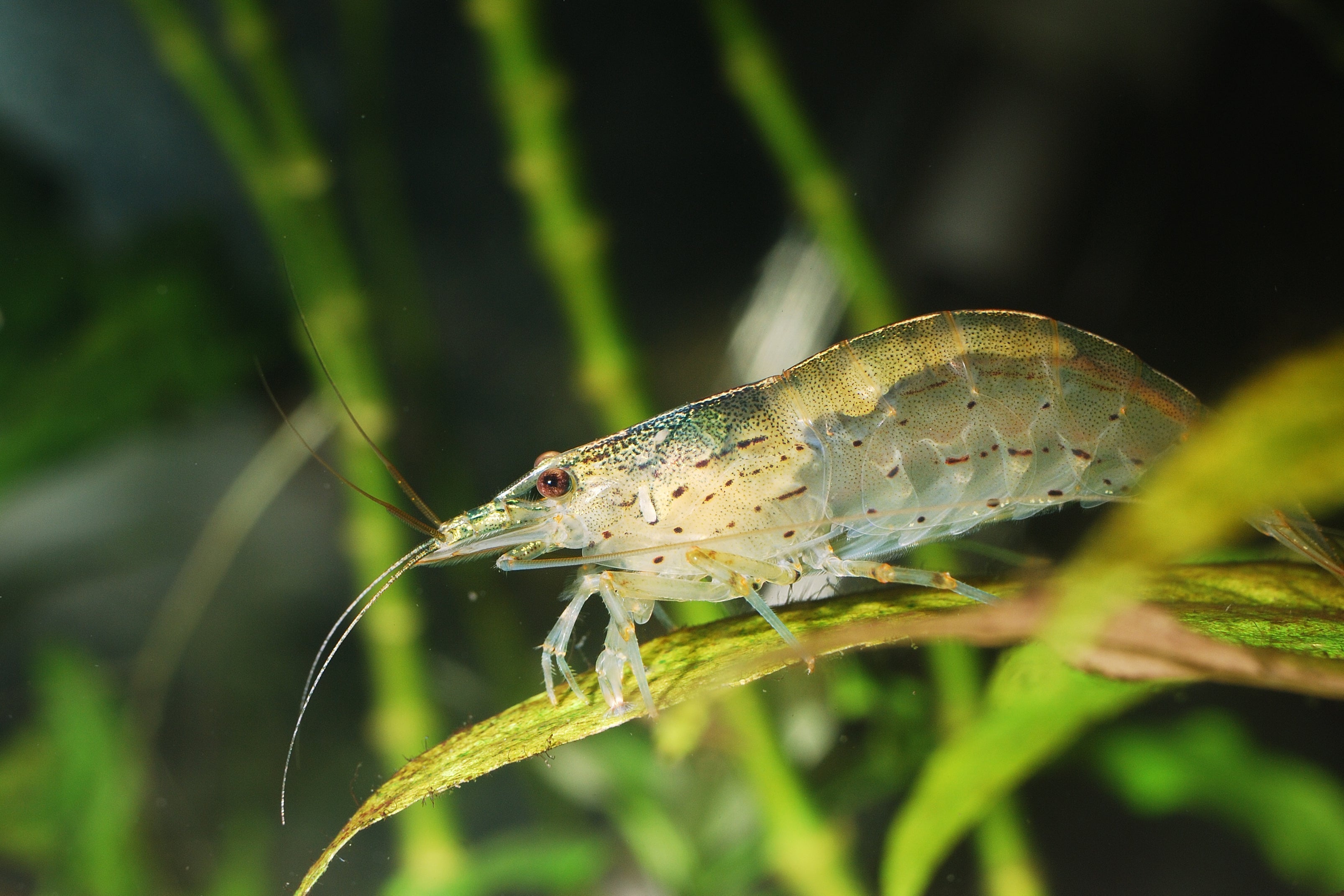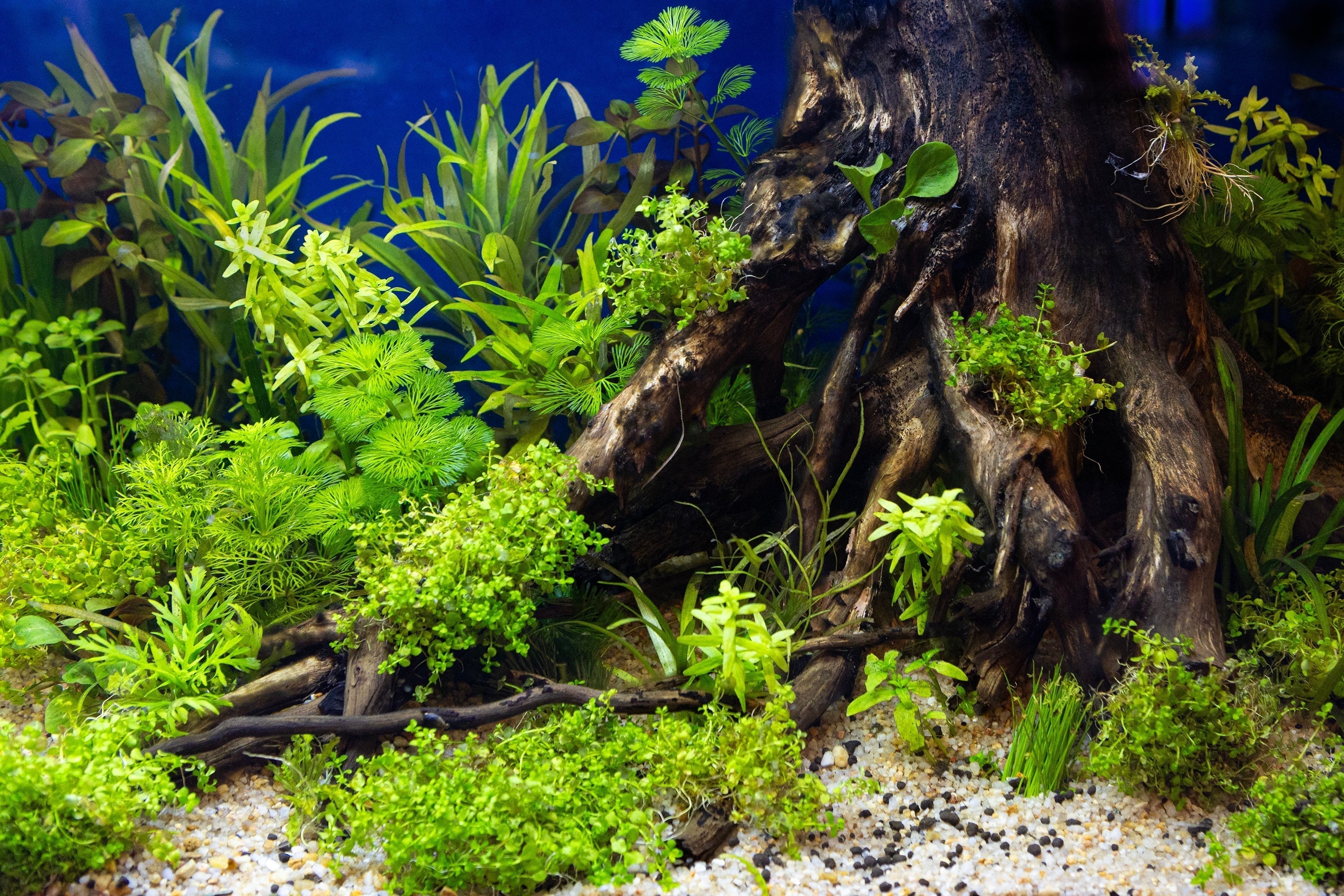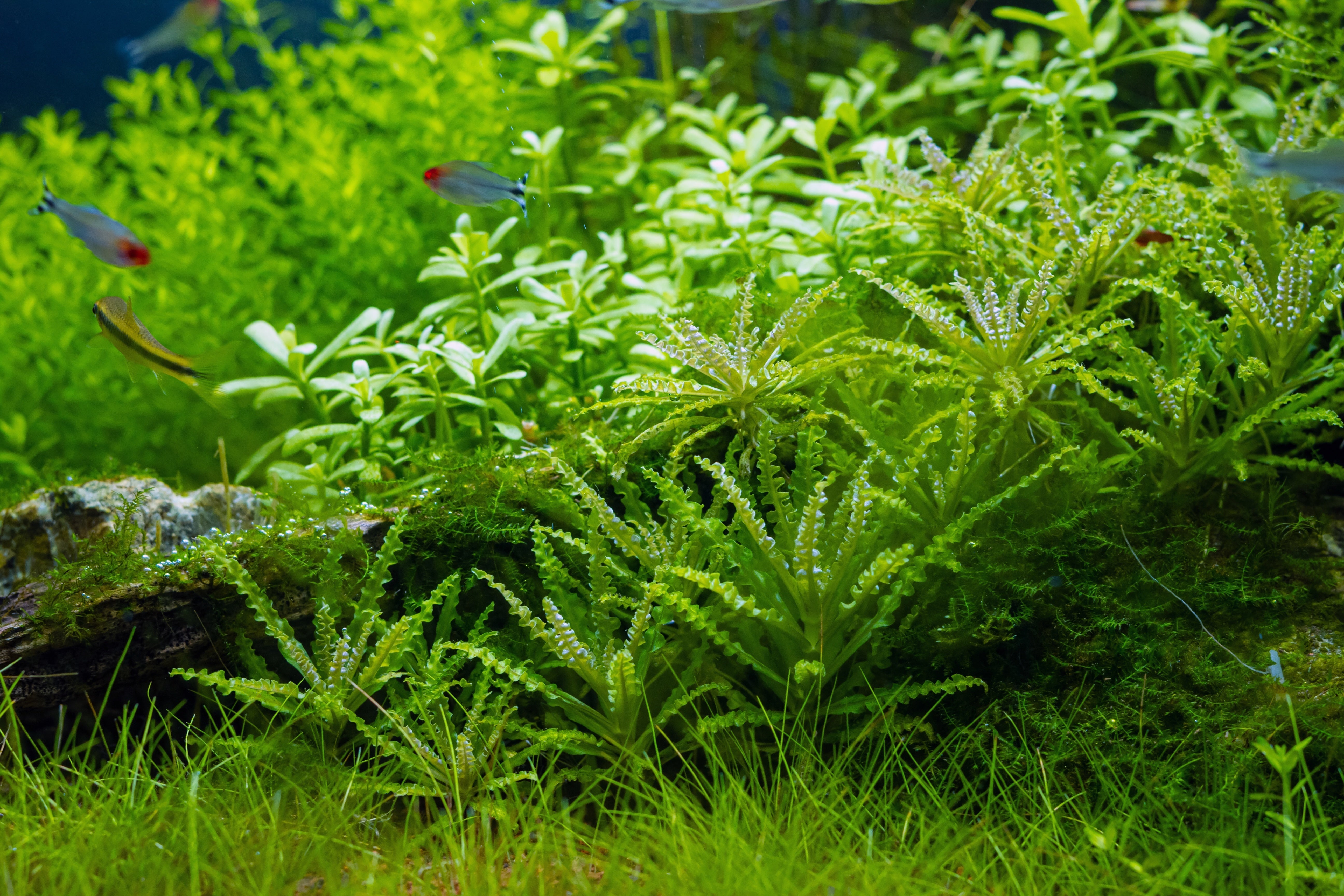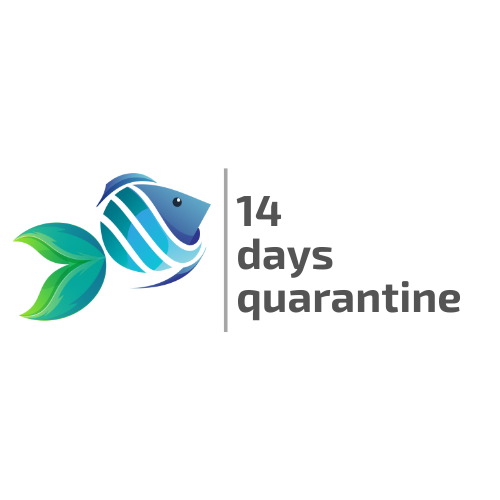Table of Contents
Are you ready to add a splash of color and personality to your freshwater aquarium? Pet shrimp can transform your aquatic landscape into a vibrant spectacle, bringing not just beauty but also unique behavior that captivates both novice and seasoned aquarists. In this complete guide, we’ll explore the top five pet shrimp that will not only thrive in your tank but also become the eye-catching companions you've been searching for. From the stunningly bright colors of the Rili Shrimp to the elegant movements of the Pinocchio Shrimp, these little critters offer a delightful mix of aesthetics and functionality. Dive in and discover all the charm and excitement these colorful companions have to offer!
Why Should You Have Pet Shrimp for Your Aquarium?
Algae Control
One of the best reasons to keep freshwater shrimp is their ability to control algae naturally. Shrimp are constant grazers, feeding on biofilm and soft algae that grow on glass, plants, and driftwood. Instead of relying solely on algae-eating fish, adding cute shrimp ensures that hard-to-reach surfaces stay clean, reducing maintenance for the aquarist.
Tank Maintenance Helpers
Pet shrimp act as a natural cleaning crew in your shrimp aquarium. They consume leftover fish food, dead plant matter, and detritus that would otherwise decompose and affect water quality. This makes them excellent companions in community tanks where uneaten food often sinks to the bottom.
Color and Visual Appeal
From deep black and fiery red to snowy white and translucent patterns, dwarf shrimp species offer unmatched color diversity. A thriving freshwater shrimp tank can look like a living jewel box, with each shrimp adding movement and vibrant contrast against green plants or sandy substrate.
Unique Behaviors
Unlike fish, shrimp crawl across surfaces, wave their antennae, and interact with their surroundings in mesmerizing ways. Species like Bamboo Shrimp fan water for food, while others like Rili Shrimp explore every inch of the tank. Watching their quirky, peaceful activities adds another dimension to your aquarium.
Breeding Potential
Many shrimp, especially dwarf shrimp like Neocaridina and Caridina types, breed easily in captivity. A small starter colony can grow into a thriving shrimp population within months. This not only makes your tank more lively but also creates opportunities to sell or share shrimp with fellow hobbyists.

1. Rili Shrimp
Rili Shrimp are one of the most striking and beginner-friendly pet shrimp species. They are known for their bold coloration: solid patches of red, orange, blue, or black on the head and tail, with a transparent or lightly colored midsection that creates a dramatic contrast.
- Appearance: Semi-transparent body with vibrant red, orange, or blue markings.
- Size: 1–1.5 inches
- Lifespan: 1–2 years in a stable freshwater shrimp tank
- Care Level: Beginner-friendly
- Diet: Algae, biofilm, shrimp pellets, blanched vegetables
Rili Shrimp breed readily in aquariums, making them a great choice for anyone wanting a self-sustaining shrimp colony. Their constant activity and bright colors make them the centerpiece of any shrimp aquarium.
2. Bamboo Shrimp
Bamboo Shrimp (also called Wood Shrimp) are unique because they are filter feeders. Instead of grazing, they use fan-like appendages to capture microscopic food particles from the water column.
- Appearance: Large shrimp with earthy brown to reddish bodies, often with banded patterns.
- Size: 2–3 inches (larger than most dwarf shrimp)
- Lifespan: 2–4 years
- Care Level: Intermediate (requires stable, established tanks)
- Diet: Powdered spirulina, crushed flakes, micro-pellets, suspended algae
Bamboo Shrimp thrive in tanks with moderate water flow, where they can perch on rocks or plants and fan food from the current. Their unusual feeding style and larger size make them one of the most fascinating freshwater shrimp pets for aquarists seeking something different.
3. Pinocchio Shrimp
Named after their long, pointed rostrum, Pinocchio Shrimp are energetic and unusual additions to a shrimp aquarium. Their translucent bodies with reddish highlights make them stand out among green plants.
- Appearance: Transparent to light reddish body with elongated rostrum (“nose”).
- Size: 1–1.5 inches
- Lifespan: 1–2 years
- Care Level: Moderate (sensitive to water changes)
- Diet: Biofilm, algae, fine shrimp foods
While not as easy to breed in captivity as other dwarf shrimp species, Pinocchio Shrimp add a playful dynamic to tanks. They are highly active and constantly exploring, making them captivating pets for shrimp enthusiasts.
4. Snowball Shrimp
Snowball Shrimp (sometimes called White Pearl Shrimp) are named for their pure white eggs that resemble tiny snowballs. Their bodies are solid white, giving them a clean, elegant look that contrasts beautifully in planted tanks.
- Appearance: Fully opaque white bodies; females carrying bright white eggs look especially striking.
- Size: 1–1.5 inches
- Lifespan: 1–2 years
- Care Level: Beginner-friendly
- Diet: Algae, shrimp pellets, detritus, blanched vegetables
Snowball Shrimp are hardy and breed easily in captivity, making them an excellent choice for beginners. They stand out beautifully against dark substrates and lush greenery, adding elegance to your shrimp tank setup.
5. Black Rose Shrimp
For aquarists seeking bold and dramatic coloration, the Black Rose Shrimp is a must-have. These shrimp are selectively bred from Neocaridina species to display a deep, glossy black.
- Appearance: Solid, jet-black bodies with a shiny, metallic finish.
- Size: 1–1.5 inches
- Lifespan: 1–2 years
- Care Level: Beginner to intermediate
- Diet: Algae wafers, shrimp pellets, biofilm, calcium supplements
Black Rose Shrimp are relatively easy to care for and breed readily under stable conditions. They are especially stunning in tanks with light-colored substrates or bright plants, where their deep black coloration provides dramatic contrast.
How to Acclimate New Pet Shrimp
Because freshwater shrimp are highly sensitive, acclimating them correctly is critical for survival.
- Best Method: Drip acclimation (slowly drip tank water into the shrimp’s bag/container for 1.5–2 hours before transferring).
- Why It Matters: Sudden changes in temperature, pH, or hardness can cause stress or death.
- Final Step: Use a net to transfer shrimp and never pour the bag water into your aquarium.
Proper acclimation ensures a smooth transition and higher survival rates for new shrimp pets. Discover more about Acclimation New Freshwater Shrimp here.
Easy Tips to Care for Freshwater Pet Shrimp
- Stable Water Parameters: Keep ammonia and nitrite at 0, nitrates below 20 ppm.
- Avoid Copper: Copper-based meds and fertilizers are toxic to shrimp.
- Feed in Moderation: Shrimp graze naturally; offer small amounts of pellets, algae wafers, or vegetables.
- Provide Hiding Spots: Shrimp molt regularly; live plants, driftwood, and caves help reduce stress.
- Keep Them in Colonies: Groups of 10+ shrimp encourage natural behavior and successful breeding.
Visit here for more information about How to Care for Freshwater Shrimp
Conclusion
Adding pet shrimp to your freshwater aquarium brings both beauty and balance. From the colorful Rili Shrimp to the dramatic Black Rose, each species offers something unique, whether it’s visual appeal, unusual feeding styles, or hardiness for beginners. With proper acclimation and care, your shrimp tank can quickly become a thriving, self-sustaining ecosystem.
At Splashy Fish tropical fish store, our freshwater shrimp for sale are quarantined for 14 days before shipping and packed with love and care to ensure the best quality for our customers. Visit our website to shop them online or at our aquarium store in Virginia for more freshwater fish for sale, aquarium snails for sale, live aquatic plants for sale, and aquarium supplies.
Pet Shrimp Frequently Asked Questions (FAQs)
Can I keep these pet shrimp together?
Yes, many of these freshwater shrimp species can live together in the same tank. However, avoid mixing different Neocaridina color varieties (like Rili and Black Rose) if you want to maintain pure colors, as they can interbreed.
How many pet shrimp should I keep per gallon?
A good rule is 2–5 dwarf shrimp per gallon, depending on filtration and plant cover. For example, a 10-gallon shrimp tank can house 20–30 shrimp comfortably. Larger shrimp, like Bamboo Shrimp, need more space with at least 20 gallons.
Are these pet shrimp friendly for beginners?
Yes. Species like Rili Shrimp, Snowball Shrimp, and Black Rose Shrimp are excellent beginner options due to their hardiness. Bamboo and Pinocchio Shrimp are better suited to intermediate aquarists since they require more specific care.


